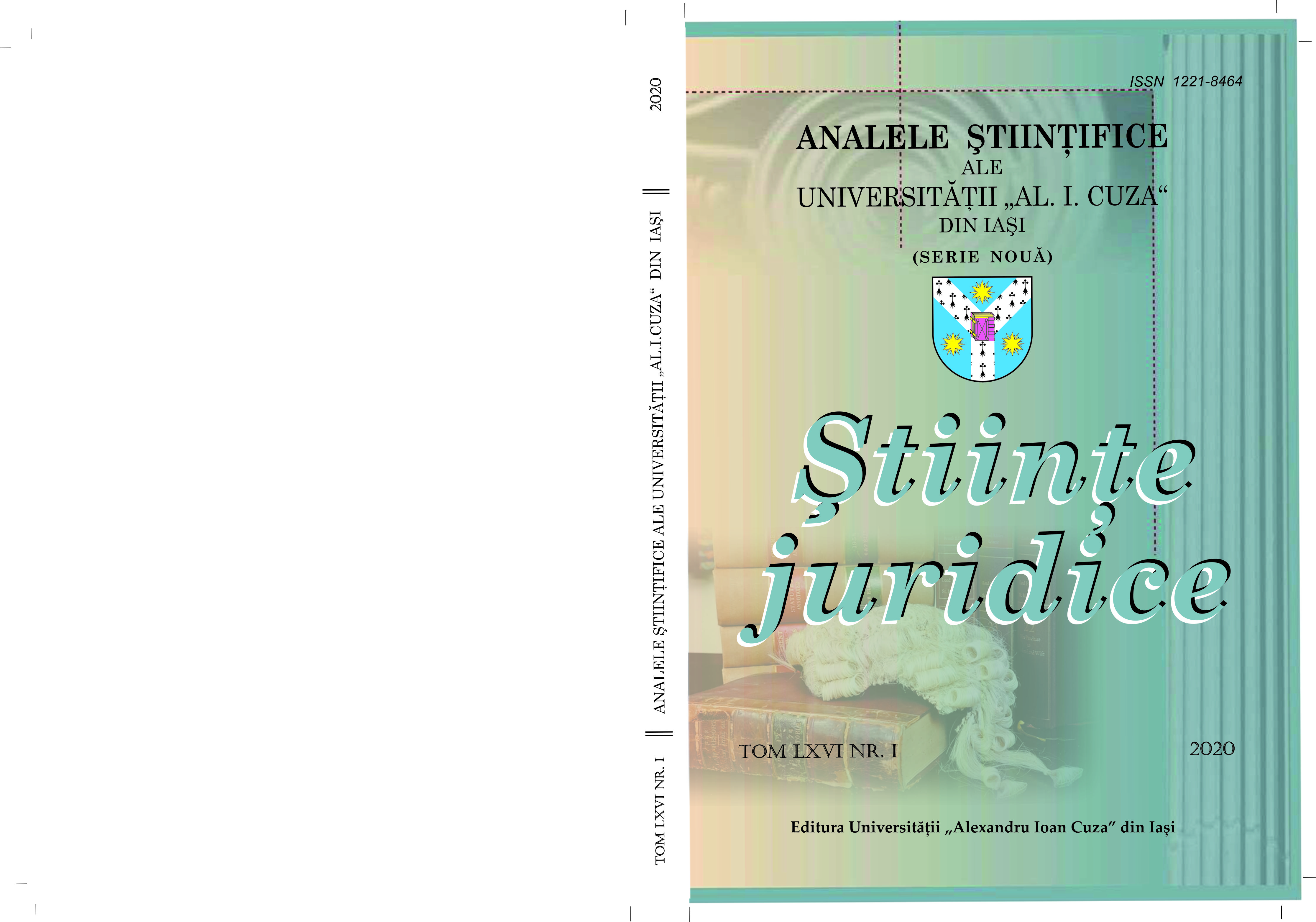Premisele utilizării datării cu radiocarbon în investigaţia criminalistică
The premises of using radiocarbon dating in forensic investigations
Author(s): Ancuța-Elena FranțSubject(s): Criminal Law
Published by: Editura Universităţii »Alexandru Ioan Cuza« din Iaşi
Keywords: Forensic Sciences; radiocarbon; carbon-14; bomb carbon;
Summary/Abstract: This paper examines the possibility of using radiocarbon (carbon-14) dating in a forensic investigation. Radiocarbon dating is considered to be one of the greatest discoveries of the twentieth century, because it allows us to determine the age of objects which are very old. Classical radiocarbon dating methods, based on the half-life of carbon-14, cannot be used in forensics. This is because such methods only work if the sample is at least 300 years old, and, in a forensic investigation, generally samples of a much younger age must be analysed. However, researchers have found a method to establish the age of younger samples, due to the increase in the amount of carbon-14 as a result of nuclear experiments conducted in the 50s and 60s of the twentieth century. This method, although it functions only temporarily, can successfully be used in forensic investigations.
Journal: Analele Științifice ale Universităţii Alexandru Ioan Cuza din Iași, seria Ştiinţe Juridice
- Issue Year: LXVI/2020
- Issue No: 1
- Page Range: 279-288
- Page Count: 10
- Language: Romanian

